iPhone 13: Should I upgrade my iPhone?
Is the iPhone 13 worth the upgrade?

The iPhone 13 made a splash at Apple's "California Streaming" event, and many iPhone owners of older variants are wondering, "Should I upgrade?" If you have an iPhone X, 8, 7 or even older, you’re long overdue for an upgrade. Opting for the iPhone 13 is recommended. You may be part of the “If it ain’t broke, don’t fix it” camp or the “I just need to text and call” brigade, but you’d benefit from having high-quality cameras to capture heartfelt memories, more storage to hoard your content, as well as a faster processor and more RAM for a speedier UI. Plus, nationwide deployment of 5G is imminent — you don’t want your device to get left out of the zippy-connectivity party.
Even if you have the iPhone SE 2020, I'd still suggest an upgrade. Although it was released last year, it has a substandard camera, short battery life, poor durability and it's not 5G ready (take it from me as a former owner). If you love the iPhone SE 2020’s size and entry-level pricing, check out the iPhone 13 mini.
- iPhone 13 Pro, 13 Pro Max take the high-end iPhones to new heights
- Phones with the longest battery life in 2021
However, if you have an iPhone 11 or higher, whether you should upgrade is trickier. It all depends on who you are as a person and what you need from your daily driver. An upgrade isn’t imperative for the average consumer, but for certain niche groups, swapping your older-gen iPhone for a new one might be worth it. Let’s take a deep dive into who’d benefit from an iPhone 13 upgrade the most.
Should you upgrade to the iPhone 13?
Apple made some sweeping improvements to the iPhone 13’s cameras. It zapped the chip with powerful cores for machine learning, artificial intelligence (AI) and graphics performance, boosted the display with a 120Hz refresh rate (Pro and Pro Max only), improved the battery life, and more. These sweet upgrades may be significant to some, but not others.
That being said, an iPhone 13 upgrade may not be necessary for the everyday consumer, but the following niche groups may benefit from the next-generation enhancements.
On-the-go professional photographers
Apple made a big to-do about the iPhone 13 sporting the world’s most advanced cameras (compared to other handsets). No, the iPhone 13 won’t replace professional camera equipment, but my colleague Peter J. Norman — an audiovisual freelancer and Apple loyalist — says that he’s poised to ditch his iPhone XR for the iPhone 13. Why? “I’d use the iPhone 13 as a run-and-gun backup in case my camera fails,” he told me.

The iPhone 13 mini and iPhone 13 have two enhanced 12-megapixel rear cameras: the wide and ultra-wide lenses. Here are the specs for the iPhone 13 mini and iPhone 13’s dual-camera system:
Sign up to receive The Snapshot, a free special dispatch from Laptop Mag, in your inbox.
Wide

- 12 megapixels
- 1.7 µm sensor
- f/1.6 aperture
- 26 mm focal length
- 7-element lens
- 100% focus pixels
Ultra-wide
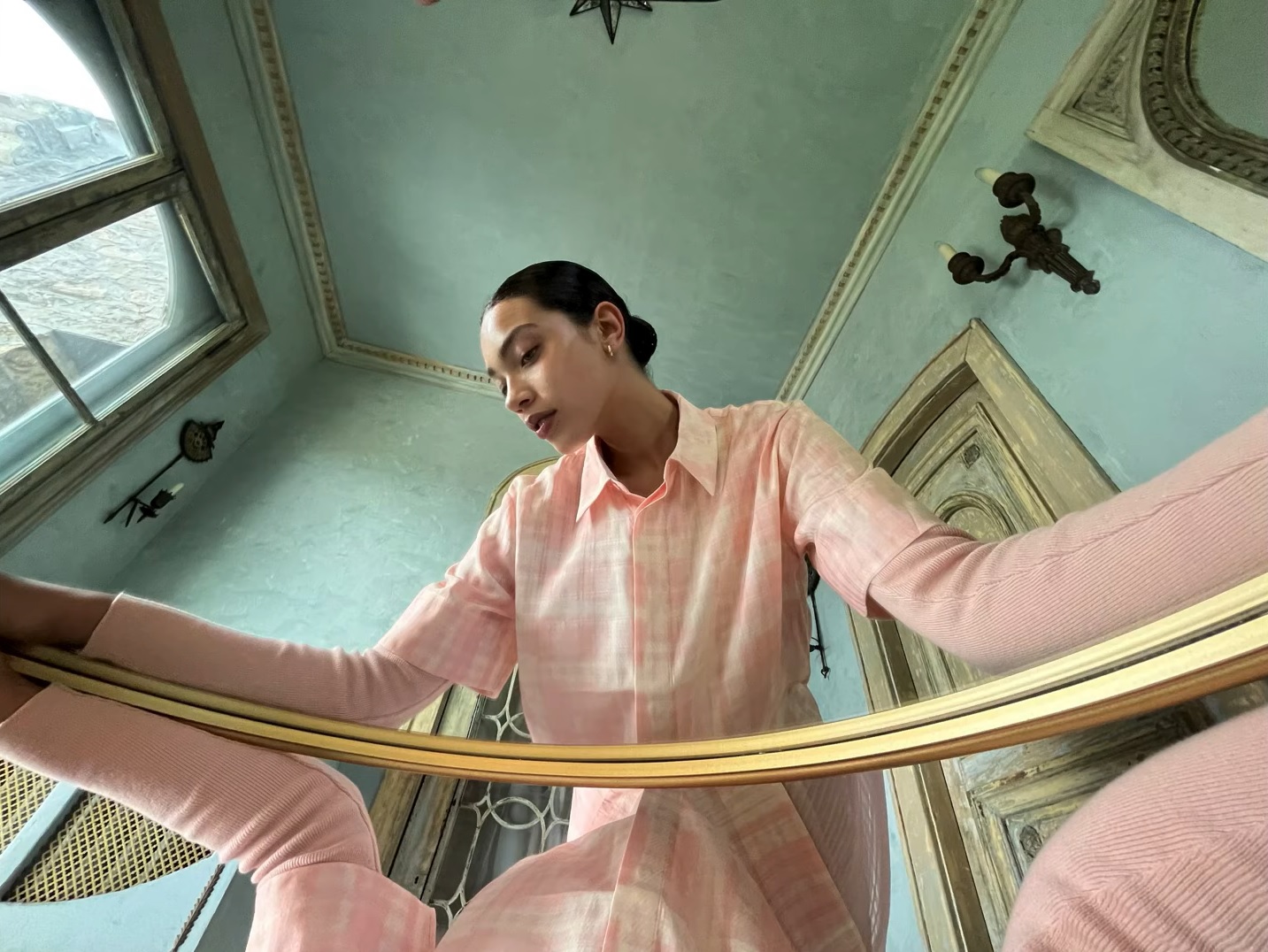
- 12 megapixels
- f/2.4 aperture
- 13 mm focal length
- 5-element lens
- 120-degree field of view
If those specs don’t mean anything to you, to sum it all up, the wide lenses on the two lower-tier iPhone 13s offer 47% more light compared to the iPhone 12 mini and iPhone 12, which means brighter results on your photos and videos. As for the improved ultra-wide camera, Apple claims that it will “help reveal more of the dark areas with less noise.” Thanks to the new A15 bionic chip, next-generation image signal processing and computational photography, the mini and 13 have the most advanced dual-camera system in iPhone history. If you’re an on-the-go photographer who'd benefit from shooting richer, highly detailed content, an upgrade to the iPhone 13 is worth considering.
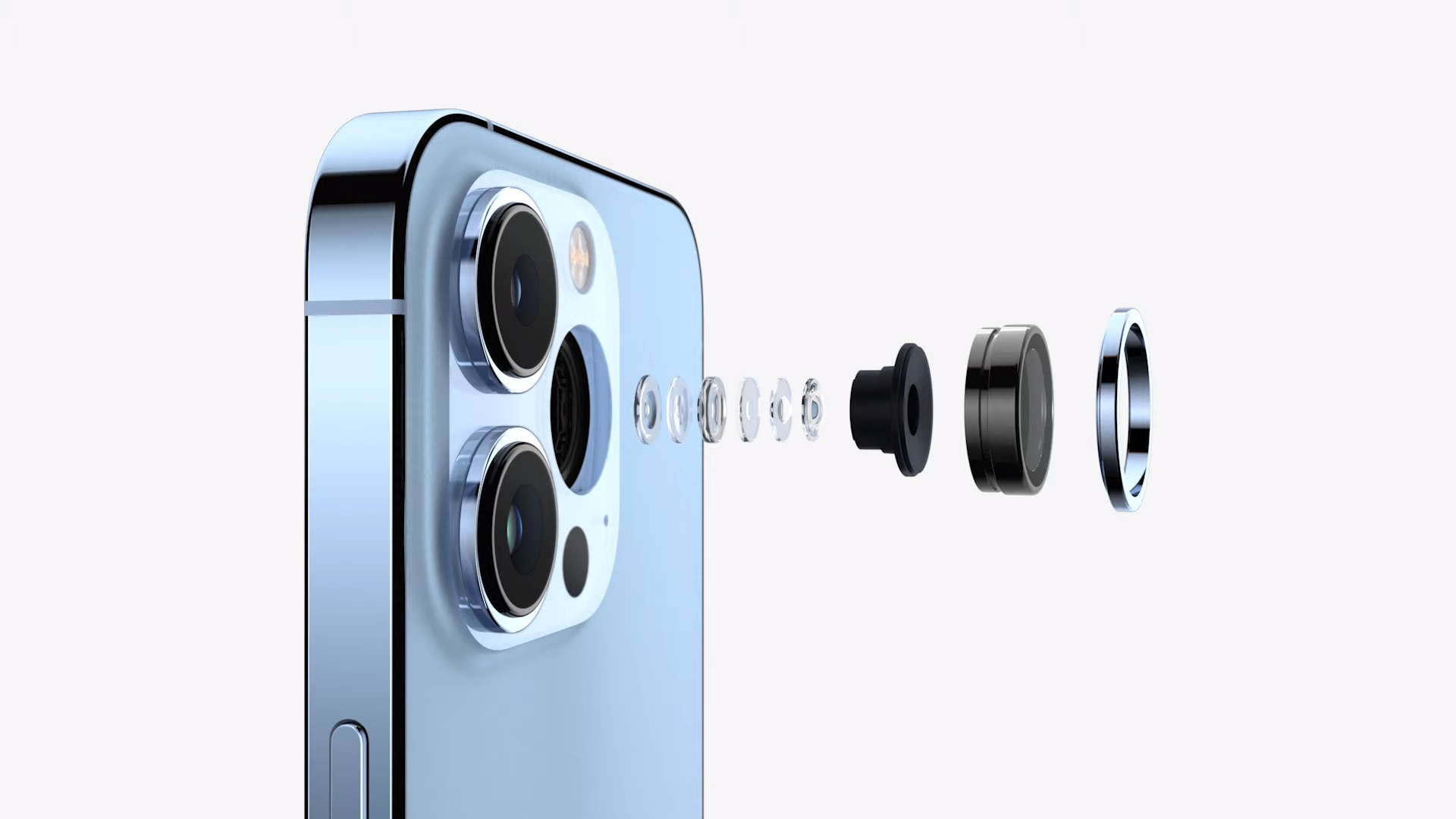
If you want the best smartphone cameras that money can buy, take a look at the iPhone 13 Pro and the iPhone 13 Pro Max. Unlike the iPhone 13 mini and iPhone 13, the Pro and Pro Max come with a telephoto lens, which lets you zoom in for a closer view of your subjects. If macro photography is your jam, you’ll have to snag the upper-tier iPhone 13 devices — the autofocus system inside their ultra-wide lenses can magnify subjects with a minimum distance of two centimeters.
Here are the specs for the iPhone 13 Pro and iPhone Pro Max’s wide, ultra-wide and telephoto lenses:
Wide
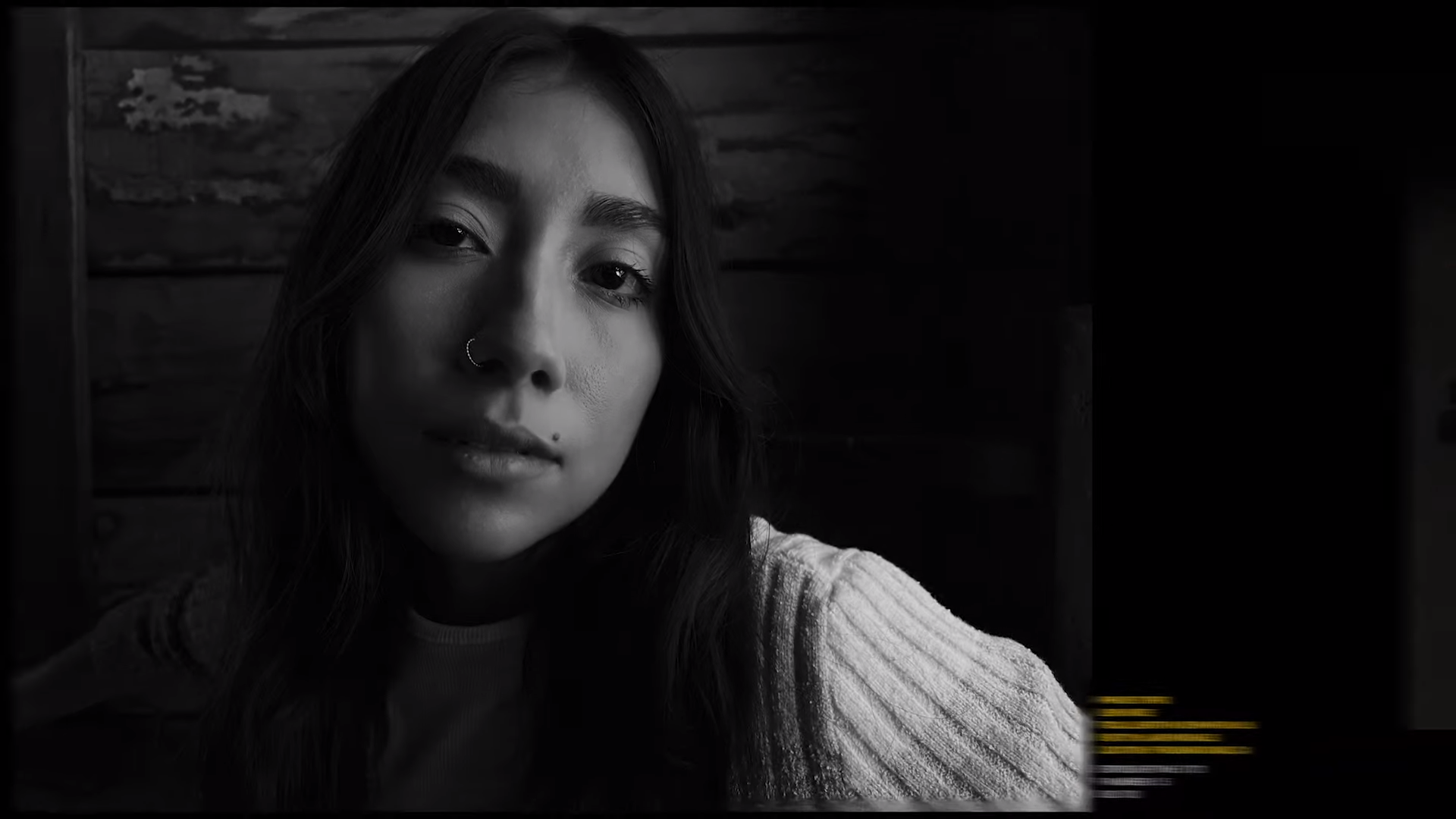
- 12 megapixels
- 1.9 µm sensor
- f/1.5 aperture
- 26 mm focal length
Ultra-wide
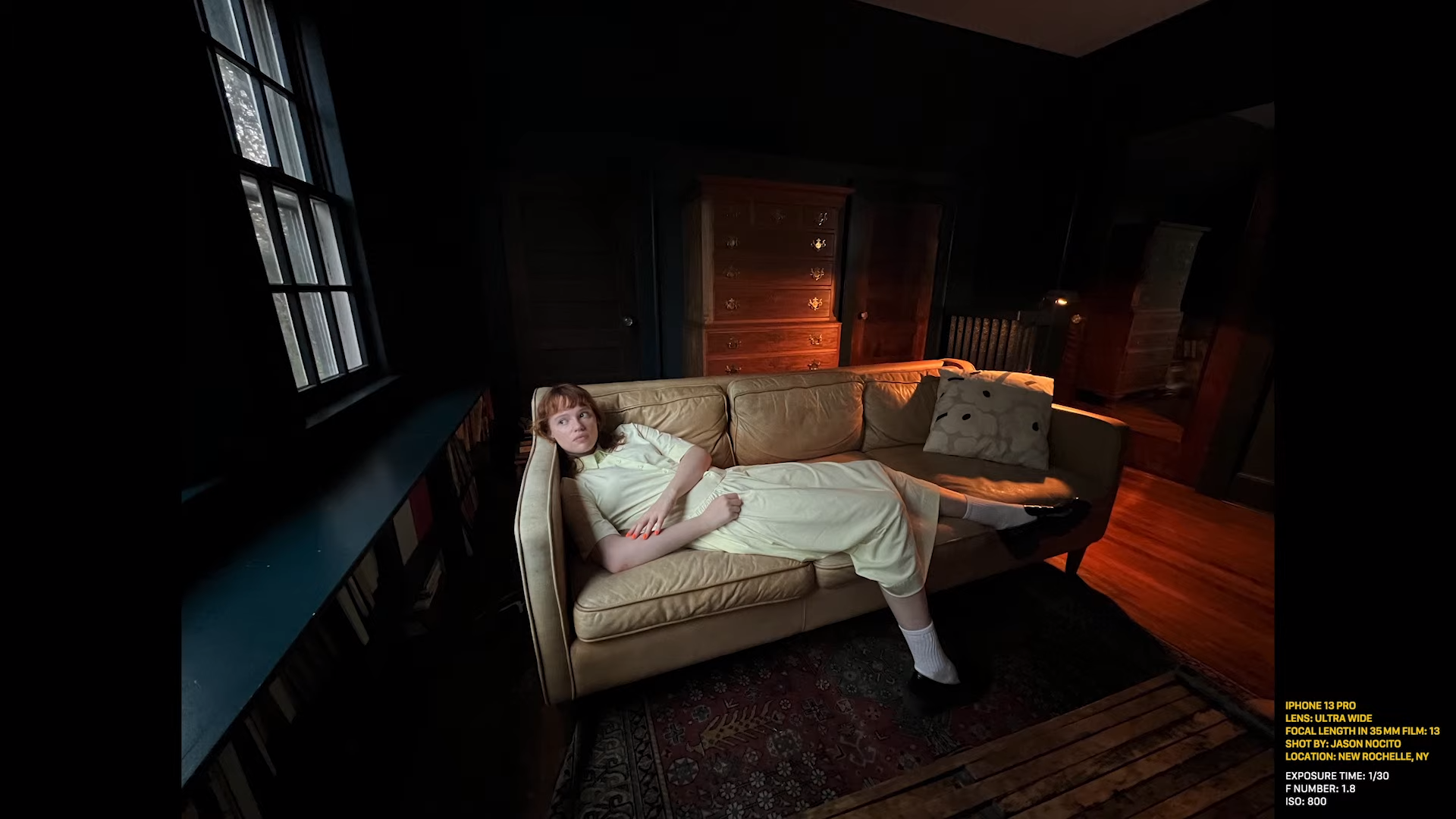
- 12 megapixels
- f/1.8 aperture
- 13 mm focal length
- 6-element lens
- 120-degree field of view
Telephoto

- New 77mm focal length
- 3x optical zoom
Compared to the last-gen iPhone Pro devices, Apple says that the wide lens offers a 2.2x improvement in low light while the ultra-wide lens serves up an improvement rate of 92%.
On-the-go professional filmmakers/travel vloggers
In addition to the enhancements listed in the last section, Apple gushed about its brand-spankin’ new Cinematic Mode, which lets creators play around with a technique called “rack focus.” It brings a whole new dimension to visual storytelling by bringing specific subjects in focus to guide viewers’ attention. Even if you’re not a pro filmmaker, Apple claims that the feature is intuitive to use, so anyone can make cinema-grade videos with the new iPhone 13. Cinematic Mode can be found on all four iPhone 13 devices.

The Pro models are also the only smartphones that provide end-to-end pro workflow, so you can record and edit in Dolby Vision. So if you’re a travel vlogger who wants to capture stunning video of cityscapes or a busy, bustling street, you can shoot it and edit it with pro-quality cameras and apps — all with a device that can fit in your pocket. Apple’s ProRes format, coming later this year, will only be available on the Pro Models. ProRes is an advanced video codec widely used for the final delivery format for feature films, commercials and broadcasts. It offers exceptionally high color fidelity, less compression and more efficient encoding. With ProRes, you can record up to 4K at 30 frames per second (not available for the 128GB variant).
Hardcore mobile gamers
MacBooks get a lot of flack for being awful laptops for gaming, so perhaps Apple is trying to redeem its reputation in the gaming realm by kicking it up a notch in the mobile market. If you want a competitive edge over your mobile-gaming rivals, this is your time to shine. The iPhone 13 mini and iPhone 13 are packed with the A15 Bionic chip, which features a 4-core GPU that begets eye-catching visuals and attractive lighting effects. Apple claims that the graphics are 30% faster than leading smartphones on the market.
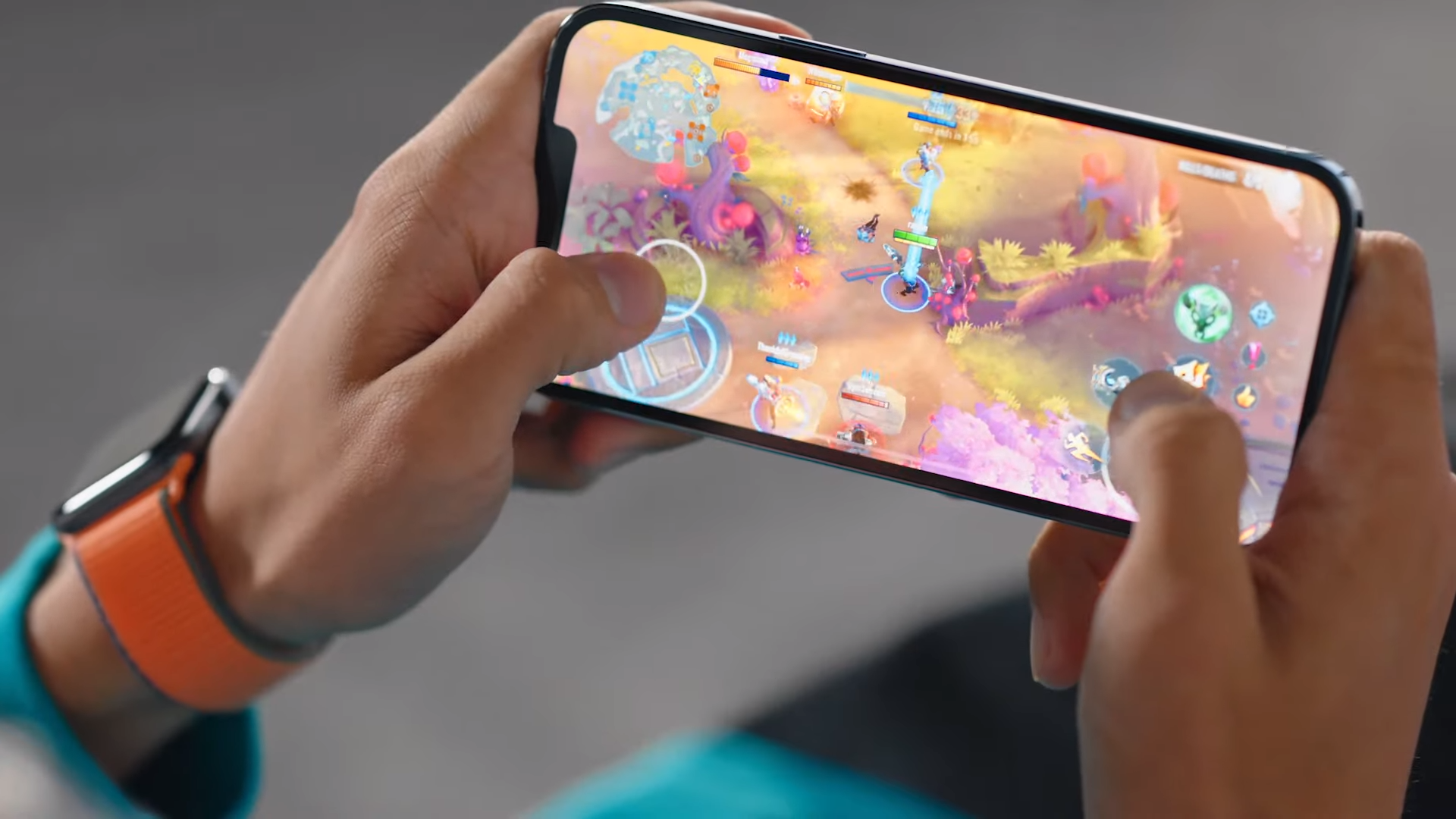
If 30% doesn’t cut it, how does 50% sound? The iPhone 13 Pro and the iPhone 13 Pro Max have the most powerful graphics ever with a new 5-core GPU that is 50% faster than other comparable smartphones. Another perk gamers should consider is the 120Hz refresh-rate display on the Pro and Pro Max, which should make gameplay appear smoother and more seamless.
The Super Retina XDR display isn’t new, but according to Marvel Future Revolution’s executive producer Joe Lee (who experimented with the iPhone 13), it “allows gamers to see further into the distance, and catch more details and surroundings.”
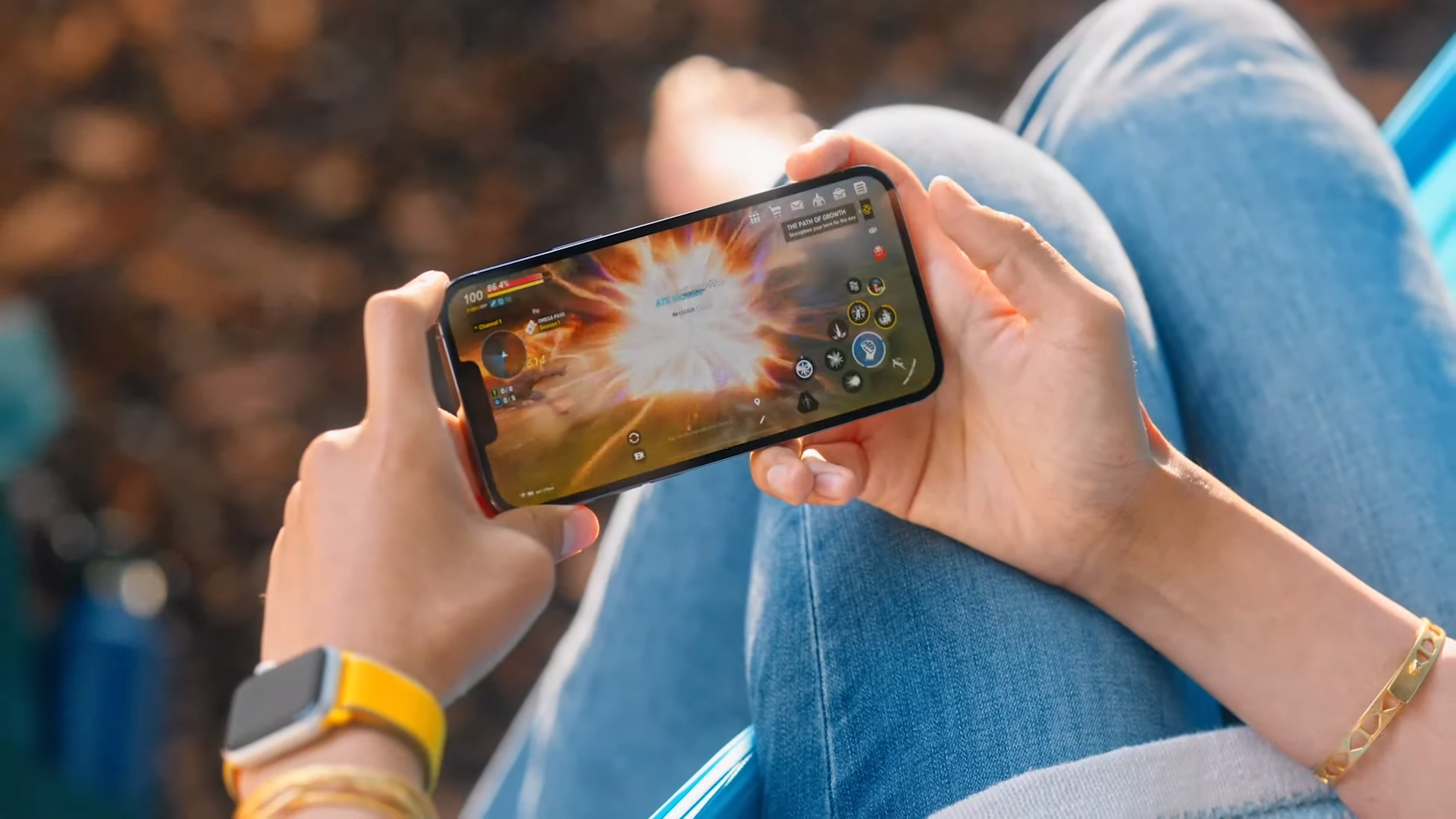
It’s also worth noting that the iPhone 13 line is 5G compatible, which means you could take advantage of faster download speeds while you’re on the go.
Nightlife social media influencers
Clubs and lounges are known for having low-lit environments, so you’ll need a device that can output stunning photos despite the awful lighting. Apple boasts that the wide lens is the biggest sensor they’ve ever placed in their dual-camera system. As a result, the iPhone 13 mini and iPhone 13 performs better in poorly lit areas.
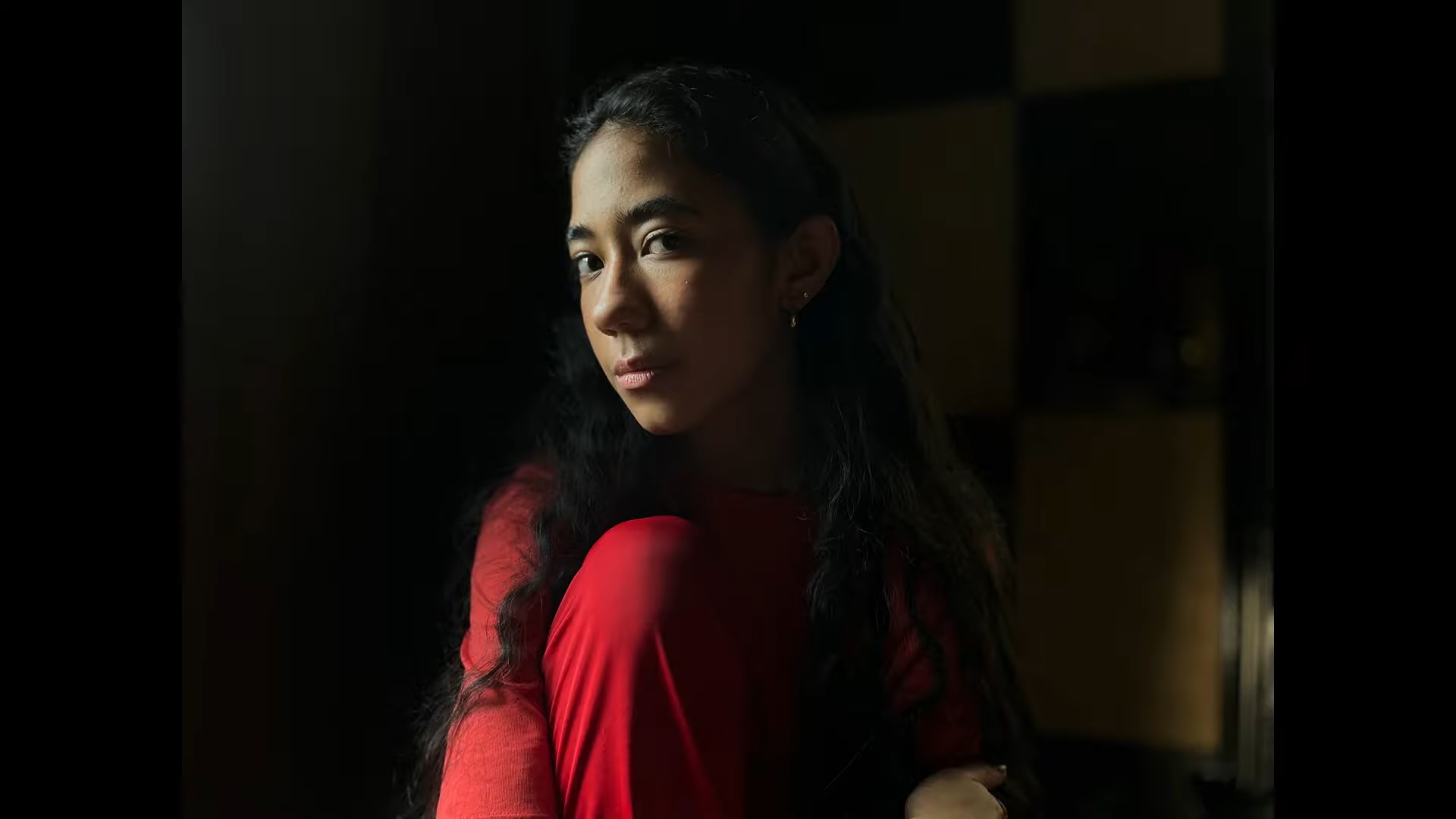
Sensor-shift optical image stabilization (OIS) was introduced in the iPhone 12 Pro Max, but now it can be found in all iPhone 13 devices. So while you’re wobbling around after having too much to drink (but you still want to upload stable images and videos to your social media account), sensor-shift OIS will use a floating sensor to counterbalance your shaky movements.

The iPhone 13 Pro models also sport Smart HDR 4 (an upgrade from Smart HDR 3 in the iPhone 12 line), which improves color, contrast and lighting, particularly for group photos and night-mode photography.
Machine-learning app users
The A15 Bionic chip has the fastest smartphone CPU on the planet, and it has dedicated machine-learning accelerators (thanks to its new 16-core neural engine). It can handle a whopping 15.8 trillion operations per second, so if you need to run tasks that require fast machine-learning computations, the iPhone 13’s got your back.

Apple mentioned SwingVision as a platform that greatly benefits from its machine-learning boost. It’s an artificial-intelligence app that gives detailed analyses of tennis shots with a single camera. Other ML-based apps that get a leg up from A15 Bionic include Peak Visor (it uses AR to provide elevation details and names of nearby peaks for outdoor navigators) and Seek (an app that relies on image-recognition technology to identify plants and animals).
Battery-boost yearners
If you’re an iPhone 12 user (and you didn’t get the Pro Max), you may be disappointed with the battery life. The iPhone 12 Pro and 12 Pro Max have an 8-hour battery runtime, and the mini is even worse, lasting 7 hours and 21 minutes on the Laptop Mag battery test.
According to Apple, here’s how the iPhone 13 compares to its predecessor in terms of battery life.
- iPhone 13 mini - 1.5 hours longer than iPhone 12 mini
- iPhone 13 - 2.5 hours longer than iPhone 12
- iPhone 13 Pro - 1.5 longer than the iPhone 12 Pro
- iPhone 13 Pro Max - 2 hours than the iPhone 12 Pro Max
Apple says that the Pro Max has the longest battery life ever in iPhone history. We don't know if that’s true, but we’ll let you know the facts when we get the iPhone 13 line in our lab for testing.
Bottom line
As mentioned, if you have a phone that’s several generations old, you’re long overdue for an upgrade, so obtaining an iPhone 13 won’t hurt.
Another group that should consider snagging an iPhone 13 that didn’t merit its own section are seekers of cool points. If you’re the type who loves having the latest, newest, top-of-the-line gadgets, then the iPhone 13 was made for you.
For owners of newer iOS devices, I’m not convinced the everyday, general consumer would benefit from the iPhone 13’s upgrades. But if you’re a part of the aforementioned groups who’d gain an upper hand by snagging an iPhone 13, knock yourself out.
Kimberly Gedeon, holding a Master's degree in International Journalism, launched her career as a journalist for MadameNoire's business beat in 2013. She loved translating stuffy stories about the economy, personal finance and investing into digestible, easy-to-understand, entertaining stories for young women of color. During her time on the business beat, she discovered her passion for tech as she dove into articles about tech entrepreneurship, the Consumer Electronics Show (CES) and the latest tablets. After eight years of freelancing, dabbling in a myriad of beats, she's finally found a home at Laptop Mag that accepts her as the crypto-addicted, virtual reality-loving, investing-focused, tech-fascinated nerd she is. Woot!

